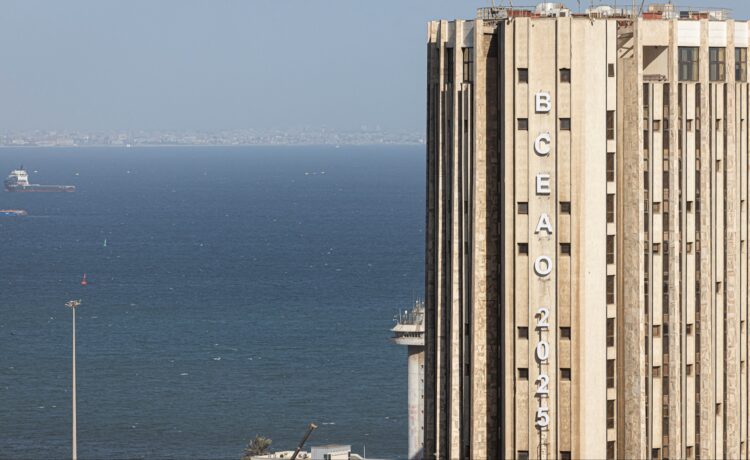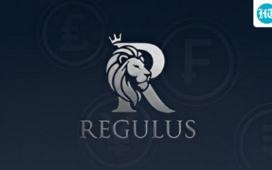Africa’s largest currency union will pilot a retail central bank digital currency in early 2026, pressing on with a centralised strategy even as momentum shifts increasingly in favour of stablecoins as an alternative.
“We are at the proof of concept [stage] now, and after that we will move to the pilot stage,” Jean-Claude Kassi Brou, governor of the Central Bank of West African States (BCEAO), told The Banker, with the pilot due to begin in the new year.
The BCEAO is the central bank to the West African Economic and Monetary Union, consisting of eight francophone West African states with a combined population of around 150mn. The official currency of the union is the CFA franc, whose value is pegged to that of the euro.
Central bank digital currencies are a form of digital money issued by central banks that can be used by households and businesses to make payments and store value. CBDCs, as currently conceived, fall under two broad categories. Wholesale CBDCs are designed for large-value transactions between banks and other financial institutions, while retail CBDCs are for use by the general public.
Brou told The Banker that the BCEAO’s CBDC would initially be centred on retail payments.
The new CBDC will build on the economic bloc’s Interoperable Instant Payment System Platform, launched at the end of September, which enables instant payments between banks, mobile money operators, and microfinance companies across the eight member states of Benin, Burkina Faso, Côte d’Ivoire, Guinea-Bissau, Mali, Niger, Senegal, and Togo.
While 49 countries worldwide have launched pilots, only three countries — Nigeria, the Bahamas and Jamaica — have launched a working CDBC, according to data from the Atlantic Council.
Nigeria’s CBDC, the eNaira, has failed to gain significant traction since its launch in 2021, with 0.5 per cent of the population using the currency in its first year, with visibility fading since then.
Global interest in CBDCs has cooled somewhat over the past year since the election of US President Donald Trump. While President Joe Biden commissioned studies into the creation of a “digital dollar” CBDC, Trump has paused this work, signing an executive order banning the creation of CDBCs, throwing his weight instead behind stablecoins and other digital assets.
The market capitalisation of the global stablecoin has grown to around $315bn according to CoinMarketCap, up from just $37bn at Trump’s election a year ago.
Stablecoins differ significantly from CBDCs in that they are issued by private companies and backed by assets such as fiat currency reserves, while CBDCs are issued by governments and are backed by a country’s central bank.
In a sign of the times, the Central Bank of Nigeria last month announced the formation of a task force to explore the implications of stablecoin adoption.
The rise of stablecoins has conversely speeded up plans for a CDBC issued by the European Central Bank, amid concerns that the growth in the use of US dollar-denominated stablecoins reduce the international and domestic role of the euro.
The 20 finance ministers of the Eurozone member states last month backed the ECB’s digital euro plans, welcoming “the recent progress achieved in advancing the digital euro project.”
The CFA franc’s peg to the Euro — ultimately stemming from France’s colonial history in West Africa — has long been a source of contention.
While proponents of the CFA franc point to the economic stability it provides, others see it as a relic of the colonial era. Niger, Mali, and Burkina Faso, all of which have experienced military coups in the recent past, have publicly mooted leaving the currency union.





